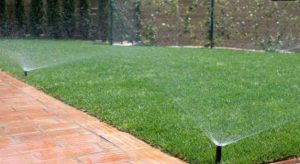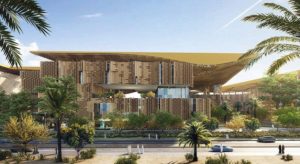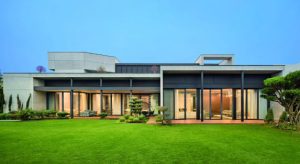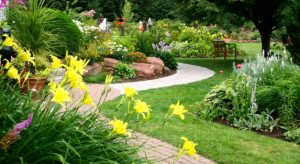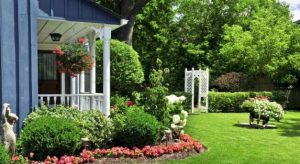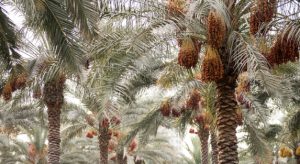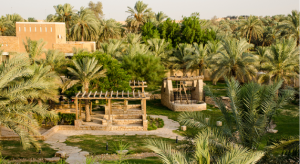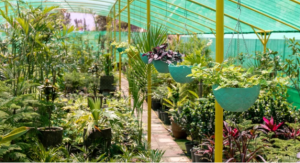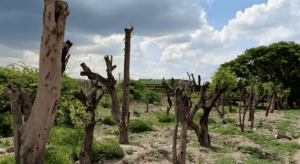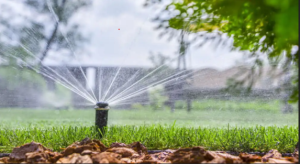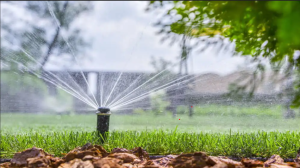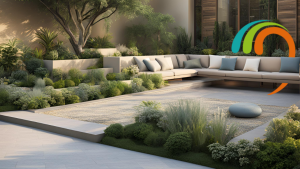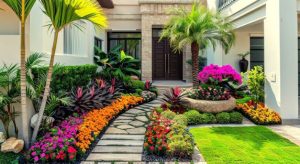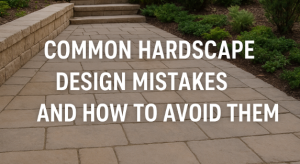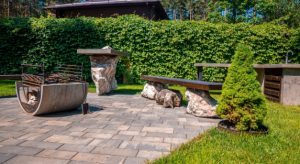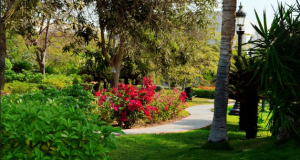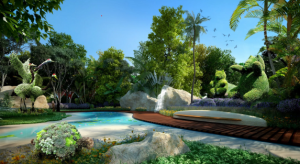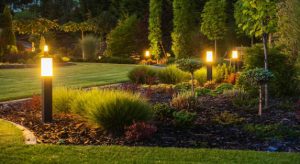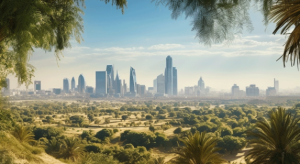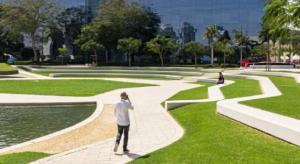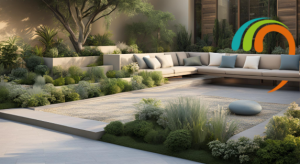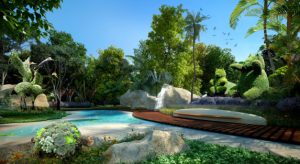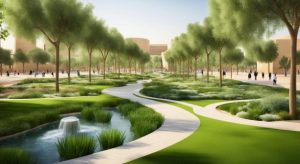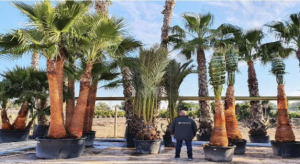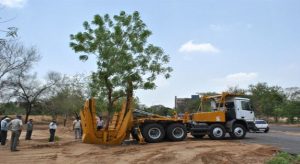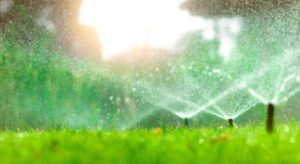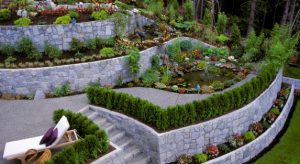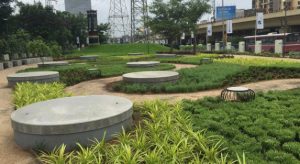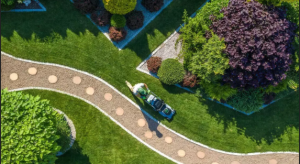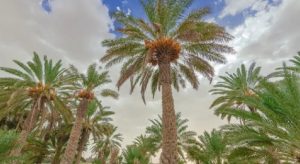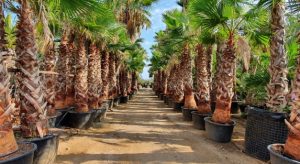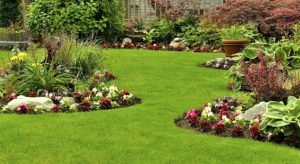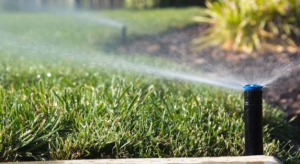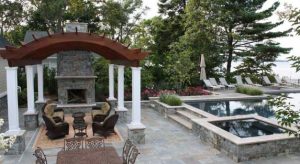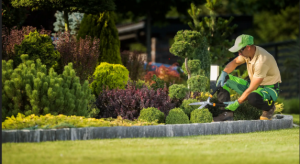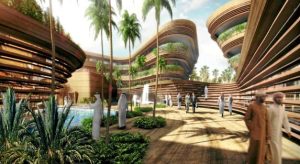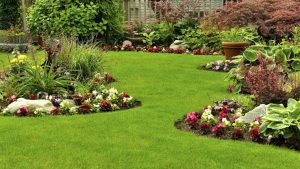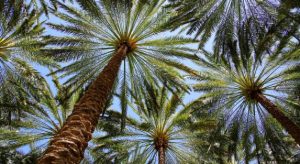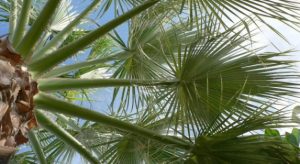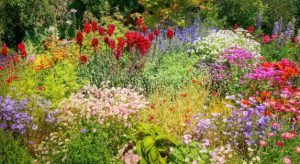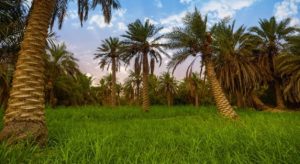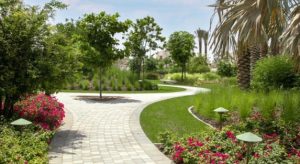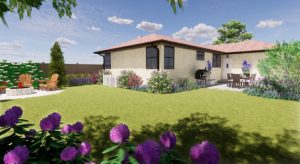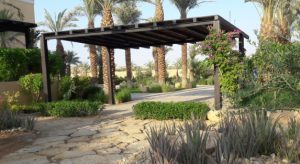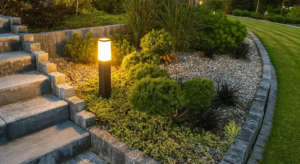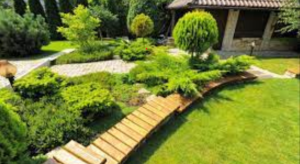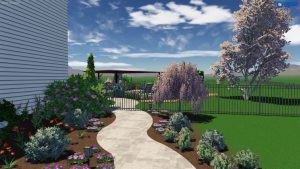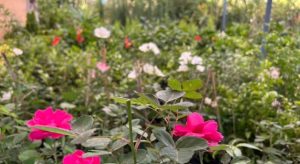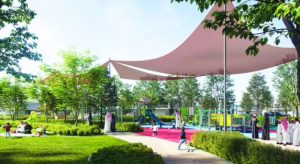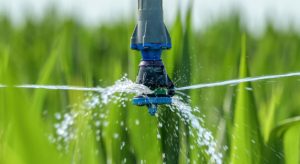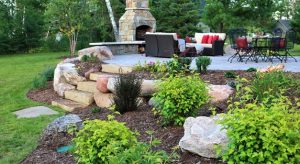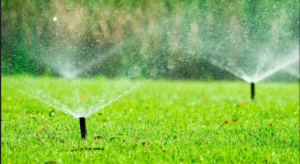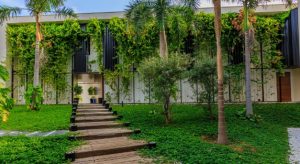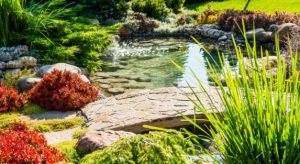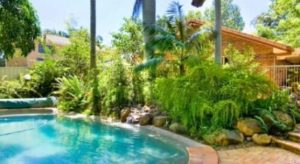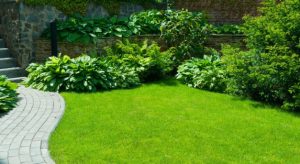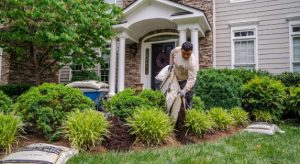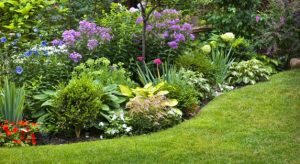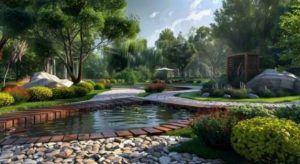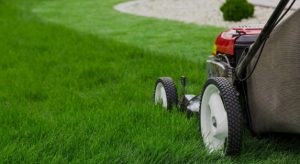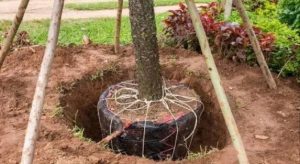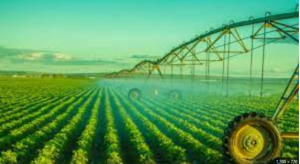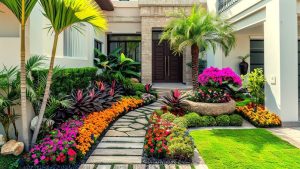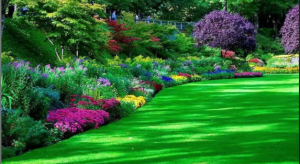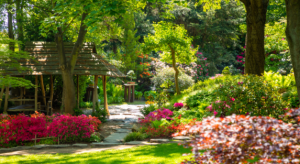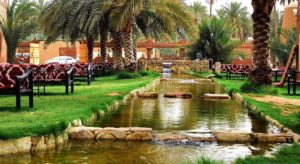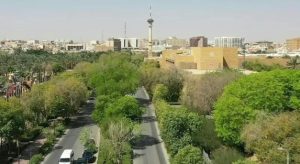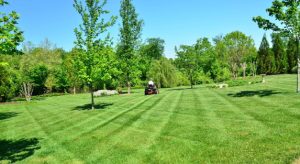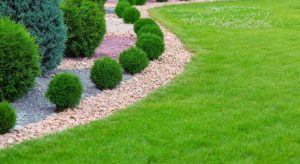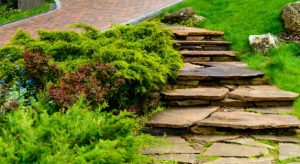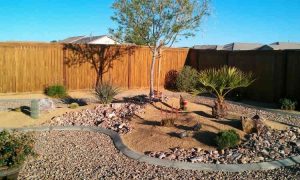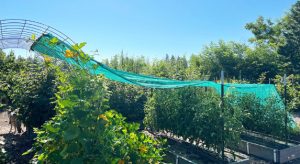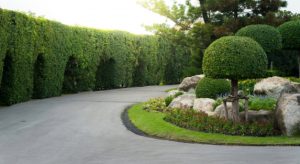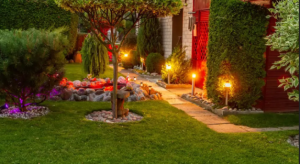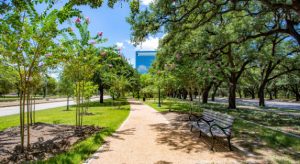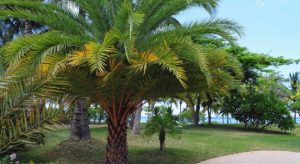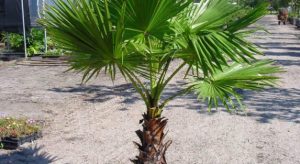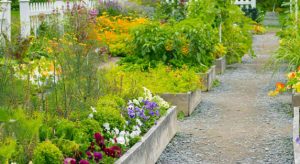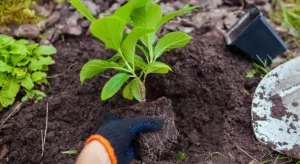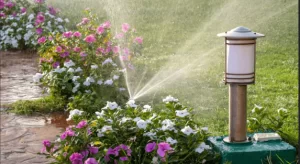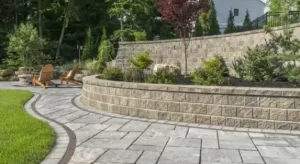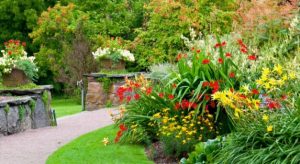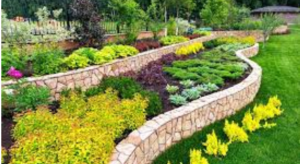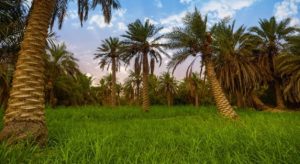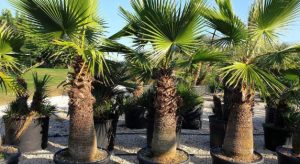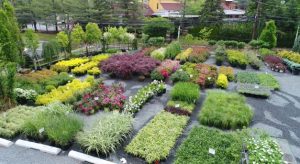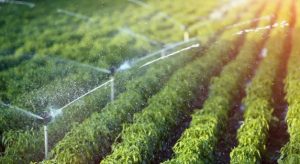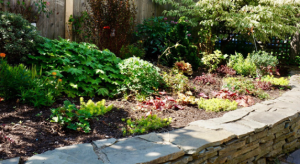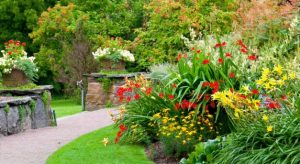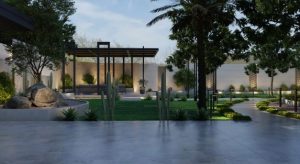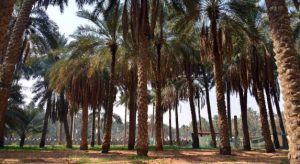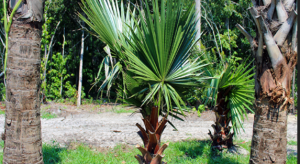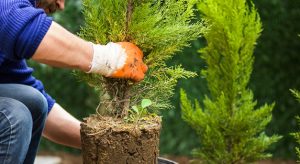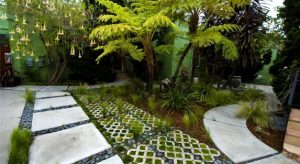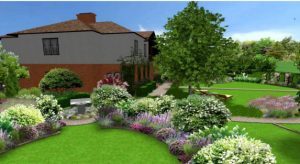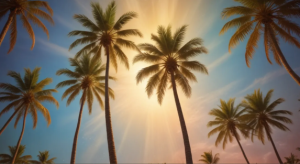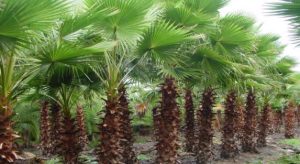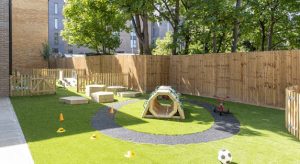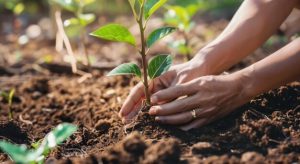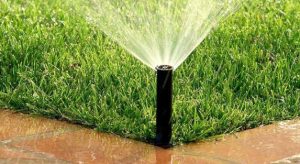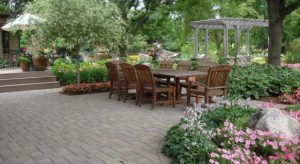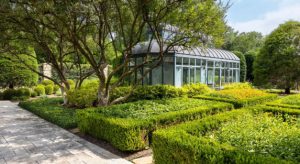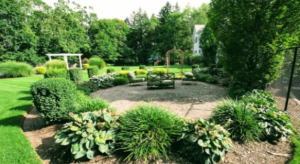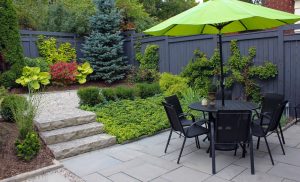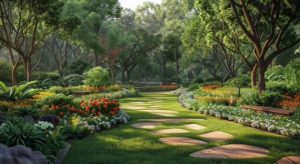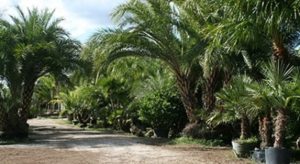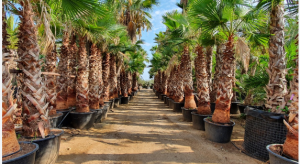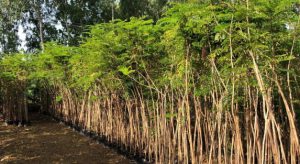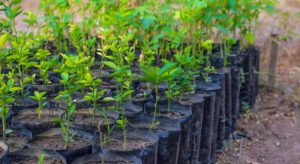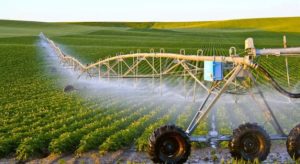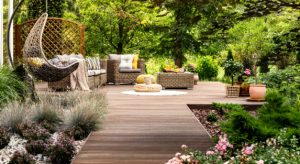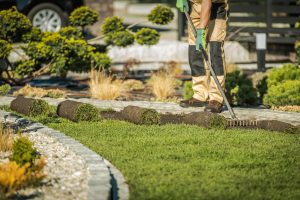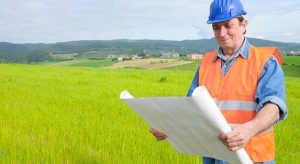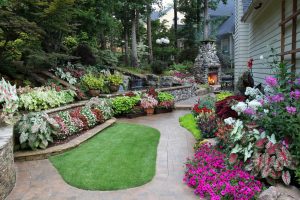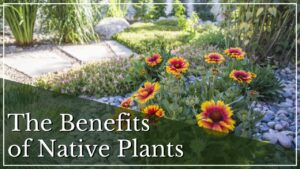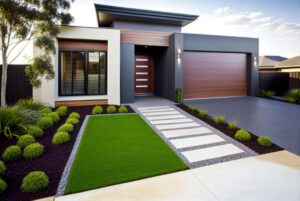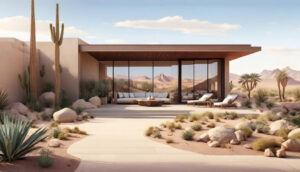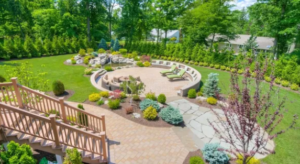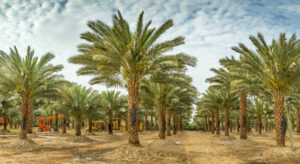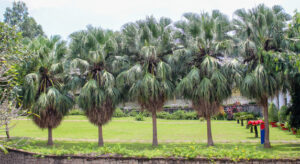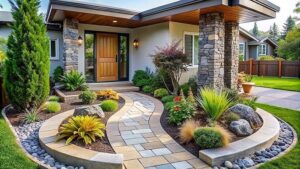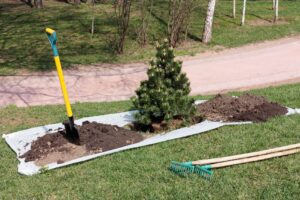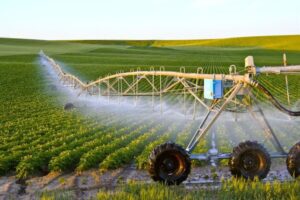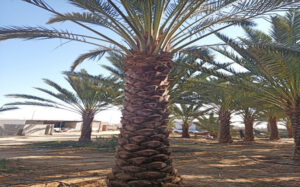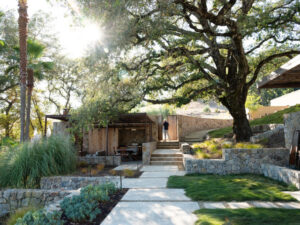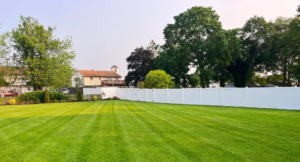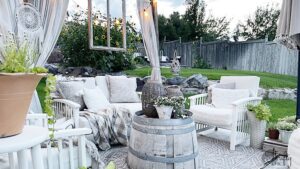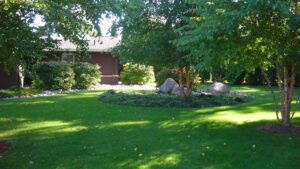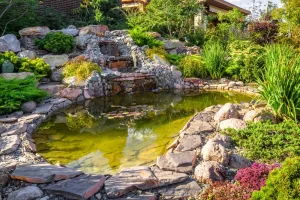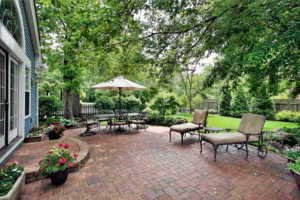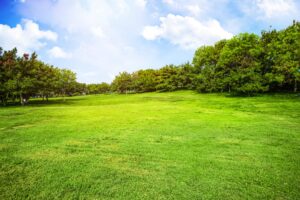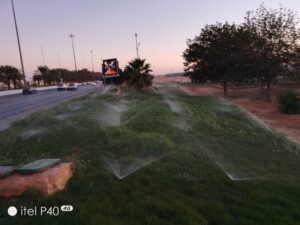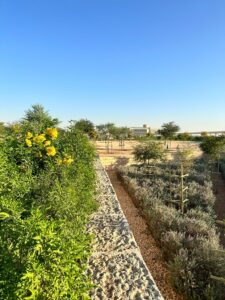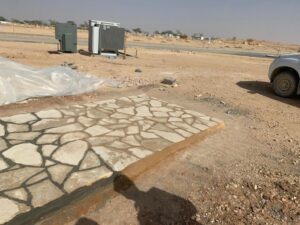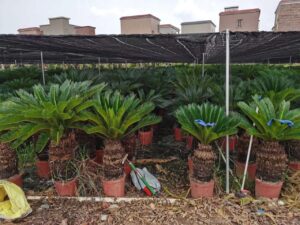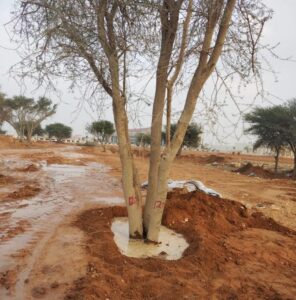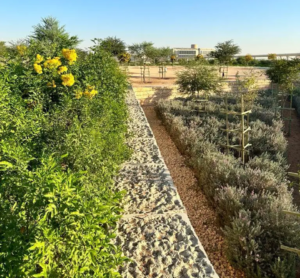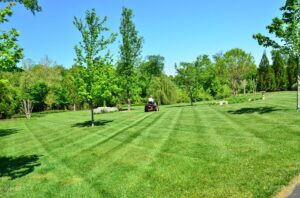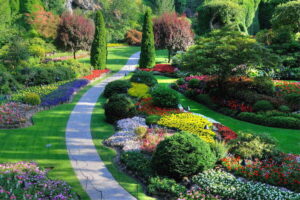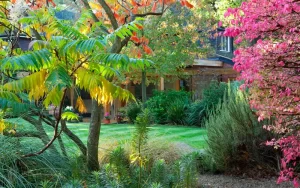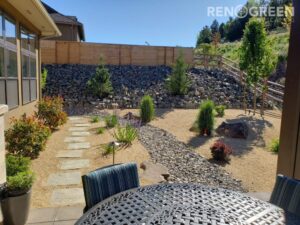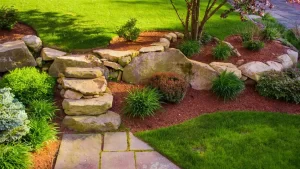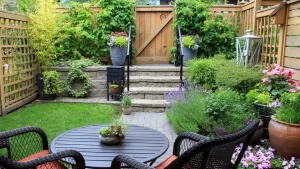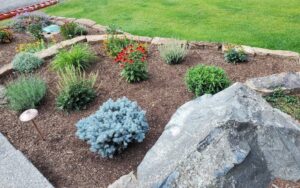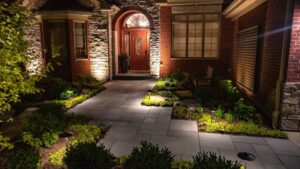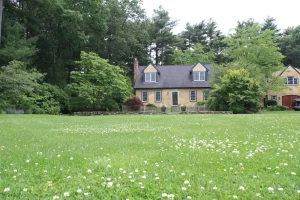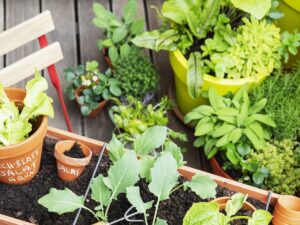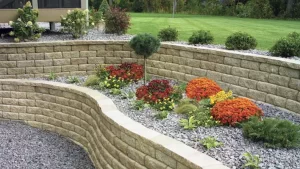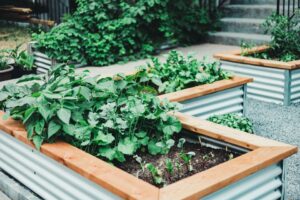How to Combine Modern Architecture with Traditional Saudi Hardscapes
29 October, 2025
Introduction
Saudi Arabia’s architectural landscape is a fascinating fusion of the past and the future. While modern skyscrapers and luxury villas dominate urban skylines, traditional design elements rooted in Saudi heritage continue to influence contemporary aesthetics. The challenge lies in finding the right balance between sleek modern structures and the timeless charm of cultural elements. This is where hardscape landscaping design in Saudi Arabia plays a crucial role. Hardscape features such as stone courtyards, pergolas, fountains, and patterned pathways serve as the perfect bridge between tradition and innovation, seamlessly blending old-world beauty with modern functionality.
Modern architecture thrives on minimalism, clean lines, and open spaces. Traditional Saudi design, on the other hand, celebrates geometric patterns, natural materials, and intricate craftsmanship. A thoughtful hardscape landscaping design company in Riyadh can combine these two worlds—preserving cultural identity while embracing modern sophistication. The result is an outdoor environment that complements contemporary architecture without losing the essence of Saudi design heritage.
In this article, we’ll explore how hardscape landscaping in Riyadh is evolving to harmonize modern architecture with traditional Saudi design, offering ideas, materials, and techniques to achieve this unique balance.
Understanding the Essence of Traditional Saudi Hardscapes
Traditional Saudi architecture reflects centuries of adaptation to the desert environment and a deep respect for cultural aesthetics. Courtyards, wind towers, and carved wooden doors once defined Saudi homes, providing both function and beauty. In hardscaping, these traditional influences appear through the use of natural stone, clay, and geometric motifs. Such designs are not merely decorative—they represent Saudi Arabia’s rich heritage and the connection between architecture, culture, and nature.
Incorporating traditional hardscape elements into modern homes starts with understanding their purpose. Courtyards, for example, are central to many Saudi residences, offering privacy, shade, and ventilation. Modern interpretations of this feature often include open-air patios surrounded by sleek stone walls or water features inspired by desert oases. Similarly, the use of textured sandstone and limestone in hardscape landscaping design in Saudi Arabia helps maintain a link to regional traditions while enhancing thermal comfort.
Ornamental detailing also plays a vital role in traditional designs. Geometric tiles, mashrabiya-inspired screens, and patterned paving stones add cultural depth. Modern designers often reinterpret these features using contemporary materials like concrete, steel, and glass, ensuring durability without compromising authenticity. A skilled hardscape landscaping design company in Riyadh can seamlessly integrate these elements, resulting in outdoor spaces that respect tradition while embodying modern aesthetics.
Ultimately, traditional Saudi hardscapes are not just about nostalgia—they’re about identity. When thoughtfully combined with modern architecture, they create spaces that feel both rooted and progressive, connecting the nation’s heritage with its vision for the future.
Integrating Modern Architecture with Traditional Hardscape Features
Blending modern architectural principles with traditional Saudi hardscapes requires creativity, balance, and precision. Modern designs typically emphasize simplicity, functionality, and the intelligent use of space. Traditional hardscapes, on the other hand, celebrate artistry, texture, and natural harmony. The goal is not to let one overpower the other but to allow both styles to coexist in a cohesive way.
A good starting point is material selection. In hardscape landscaping design in Saudi Arabia, materials play a pivotal role in defining the mood and character of outdoor spaces. Natural stones such as Riyadh limestone or granite can be paired with polished concrete or steel to create visual contrast. This combination preserves the earthy warmth of traditional materials while introducing the modern sleekness of contemporary architecture. Similarly, incorporating gravel walkways bordered by clean geometric tiles offers a perfect fusion of old and new.
Another effective approach is through spatial planning. Modern architecture favors open layouts, large glass facades, and minimal structural barriers. Integrating these with traditional hardscape features—like shaded pergolas, patterned courtyards, or stone seating areas—creates harmony between function and form. For example, a villa in Riyadh can feature a sleek glass structure that opens into a courtyard paved with traditional stone patterns, reflecting Saudi heritage while maintaining a modern lifestyle.
Lighting design also plays a transformative role. Subtle LED lighting embedded in traditional stone walls or under carved pathways can create dramatic effects that highlight both textures and geometry. A professional hardscape landscaping design company in Riyadh understands how to use light to enhance architectural contrasts, ensuring the space feels cohesive and welcoming after sunset.
In essence, modern and traditional elements don’t need to compete—they can complement each other beautifully when thoughtfully integrated. The outcome is an outdoor environment that tells a story of innovation grounded in heritage.
Material Choices that Blend Heritage with Innovation
Selecting the right materials is one of the most important aspects of combining modern architecture with traditional Saudi hardscapes. Materials influence not just the visual appeal of a design but also its durability and cultural relevance. In hardscape landscaping design in Saudi Arabia, the choice of materials must respect local traditions while meeting modern expectations of longevity and minimal maintenance.
Natural stone is a cornerstone of traditional Saudi design. Limestone, sandstone, and granite have been used for centuries in courtyards, walkways, and walls. These materials naturally complement Saudi Arabia’s desert tones and withstand harsh temperatures. To create a modern twist, designers now pair these stones with polished marble or concrete surfaces, blending rustic texture with contemporary elegance. The result is a layered aesthetic that feels timeless yet current.
Wood and metal are also popular in modern hardscape landscaping. Teak, cedar, and treated woods add warmth to patios and pergolas, while stainless steel or aluminum introduces a modern, industrial touch. Using wooden lattice screens inspired by traditional mashrabiya patterns, for instance, offers both cultural continuity and modern flair. Meanwhile, glass—used in partitions, railings, or water features—adds transparency and lightness, balancing the solidity of stone and metal.
Sustainability is another growing trend in hardscape landscaping in Riyadh. Eco-friendly materials such as permeable pavers, recycled stone, and solar lighting systems align with the global shift toward sustainable design. These modern elements can coexist harmoniously with traditional motifs, creating eco-conscious landscapes that respect both culture and climate.
By thoughtfully blending old and new materials, designers can craft outdoor spaces that embody the spirit of Saudi Arabia—where tradition meets innovation under one horizon.
Modern Design Techniques to Preserve Cultural Identity
Preserving cultural identity through design requires intentional choices that celebrate tradition while embracing progress. In hardscape landscaping design in Saudi Arabia, this means understanding how to integrate patterns, proportions, and cultural elements within modern frameworks. One effective technique is reinterpretation—adapting traditional forms to suit modern lifestyles. For instance, instead of a conventional stone fountain, designers might introduce a minimalist water wall etched with traditional patterns, blending history with innovation.
Geometry also plays a key role in Saudi-inspired design. Traditional architecture is famous for its symmetrical layouts and repetitive motifs. Translating these into modern hardscapes involves subtle patterning—perhaps through paving arrangements, shadow play, or wall textures. A skilled hardscape landscaping design company in Riyadh knows how to use these geometric cues to maintain authenticity without overwhelming the clean lines of modern structures.
Additionally, color palettes rooted in nature—sandstone beige, terracotta, deep brown, and gold—can complement modern neutral tones like white, gray, and black. This combination creates depth and warmth while honoring the desert aesthetic. Integrating greenery such as date palms, succulents, and desert grasses softens hard surfaces and reinforces the harmony between built and natural environments.
Lastly, technology integration allows designers to modernize traditional elements. Smart irrigation, solar-powered lighting, and automated water features enhance functionality while reducing maintenance. Such innovations represent the evolution of Saudi landscaping—where respect for heritage meets the practicality of modern living.
In the end, preserving culture doesn’t mean resisting change. Instead, it’s about reimagining tradition in new ways that speak to the present while honoring the past.
Conclusion
The beauty of Saudi Arabia’s evolving architecture lies in its ability to merge the old with the new—embracing progress while cherishing tradition. Through thoughtful hardscape landscaping design in Saudi Arabia, designers can create spaces that pay homage to cultural roots while reflecting modern sophistication. From the choice of materials to the layout of courtyards and the use of lighting, every element offers an opportunity to tell a story of balance and identity.
A professional hardscape landscaping design company in Riyadh understands this delicate art—bridging heritage with innovation to create environments that are both functional and emotionally resonant. Whether it’s a luxurious villa courtyard, a commercial plaza, or a private garden, the integration of traditional hardscapes into modern architecture elevates both beauty and meaning.
As Riyadh and other Saudi cities continue to grow, hardscape landscaping in Riyadh will remain central to preserving cultural aesthetics within contemporary design. The goal is not to imitate the past but to evolve it—to let stone, light, and geometry remind us of where we’ve come from while guiding us toward a sustainable, stylish future. In doing so, Saudi Arabia continues to build landscapes that honor tradition, celebrate innovation, and inspire generations to come.
- Fountain and Waterfalls
- Gardening
- hardscape
- Irrigation system
- Landscape
- Lawn
- Nursery
- Palm Tree
- Plantation and Maintenance
- softscape
- Tree Transplanting
- Washingtonian Tree
Categories
Latest Post
- Fountain and Waterfalls
- Gardening
- hardscape
- Irrigation system
- Landscape
- Lawn
- Nursery
- Palm Tree
- Plantation and Maintenance
- softscape
- Tree Transplanting
- Washingtonian Tree





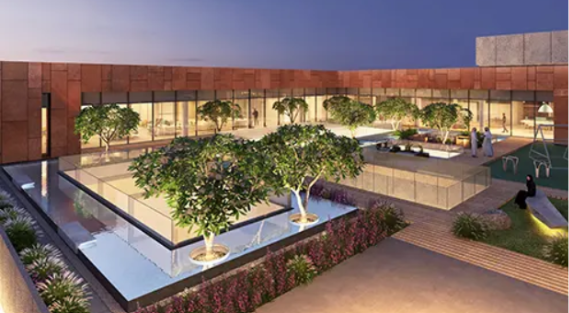
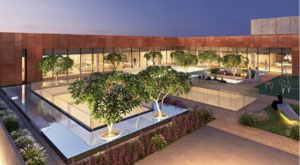
 .
.